10 Tips For The Most Wonderful Birthday Cakes Ever
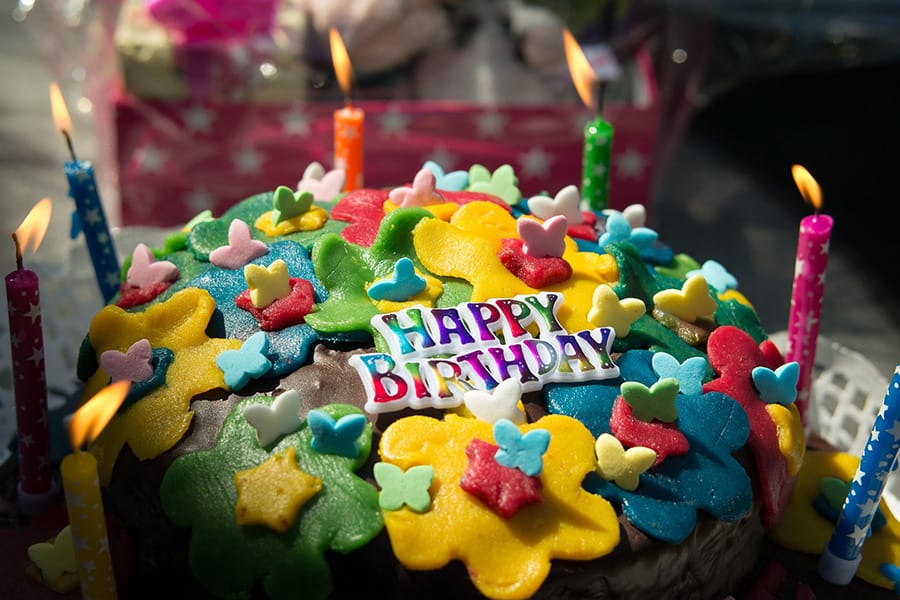
Birthday cakes are perhaps the centerpiece of any child’s birthday party (or any birthday party for that matter). From the humble homemade, to the professionally crafted, birthday cakes have become one of the most important features of a birthday.
Origins
The tradition of the birthday cake began in Ancient Greece, where flat breads flavoured with honey were given as tributes to the goddess Artemis on her birthday.
Up until the 12th century AD, the words for ‘cake’ and ‘bread’ were basically interchangeable. Cake basically meant ‘sweet bread’.
Birthday cakes became a mainstay in kids’ birthday parties after two German bakers made the first ‘modern’ birthday cake – the tradition soon caught on in the rest of Europe and the world.
The traditional ‘round cake’ also comes from ancient times, where sweetened flat breads were made to symbolize the moon and sun’s shape.
Now days, the cake has become such an important feature of a birthday that some cake stores have cakes exceeding $10,000 in price.
This has to do not only with the size of the cake, but with the ingredients, artistry, decoration, and labour time.
The average cost of a simple homemade cake on the other hand is $50. However, when making the decision between a homemade cake and a commercial one, price shouldn’t be the only factor.
“when making the decision between a homemade cake and a commercial one, price shouldn’t be the only factor.”
If you decide to go down the D.I.Y track, no worries. We have compiled the top 10 tips from professional bakers all around the web. Enjoy…..
Top 10 Baking Tips
1. Follow recipe to the letter

It is important to find a good baking recipe, but most important it’s to follow it by the letter.
Use a recipe from a source you trust, perhaps from someone who has done it before. Proven recipes are the best ones.
Keep in mind that baking a cake is a chemical process. You have to combine a series of ingredients, in a particular order, so you get chemical reactions between them, then a desired result.
For instance, to bake soft buttery cakes you have to mix creamy ingredients first, then the eggs and last all dry ingredients alternating with the liquid ingredients very slowly.
In contrast, puffy cakes like Angel Cake or Sponge Cakes, require eggs to be stiffly beaten so cakes double their size (because of the air they incorporate) and then add dry ingredients without losing volume.
For some easy recipes read our article “Three Easy Recipes To Bake Awesome Kids Birthday Cakes”.
2. Use good quality and right ingredients
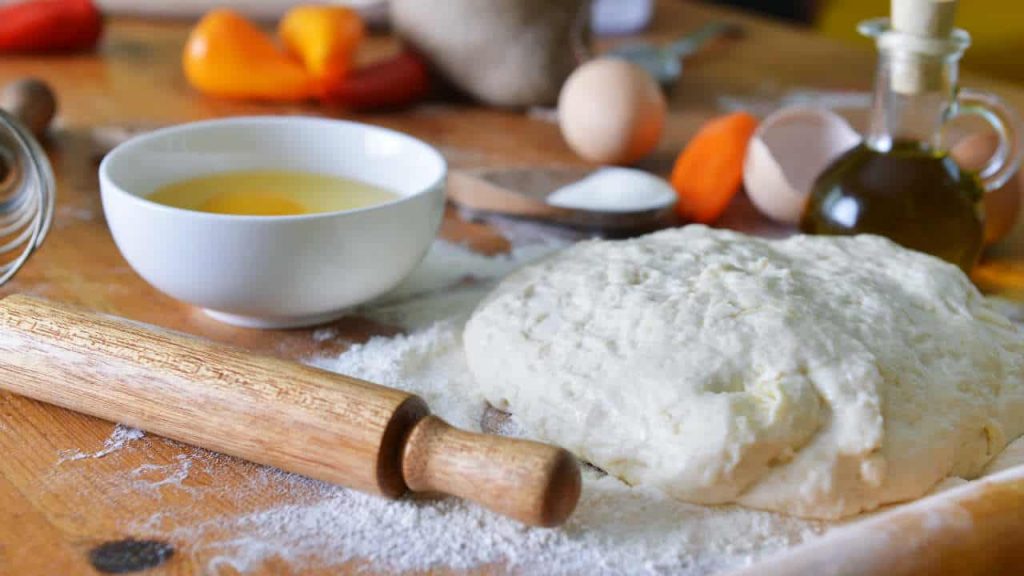
Each ingredient has many variants. One of the most complicated ones is flour. Each type of flour has a different protein and gluten percentage. Best cakes came from low protein content flours.
Professional bakers recommend not to use self rising flours, because it is better to add the yeast yourself and control the quantities.
3. Always be accurate with quantities
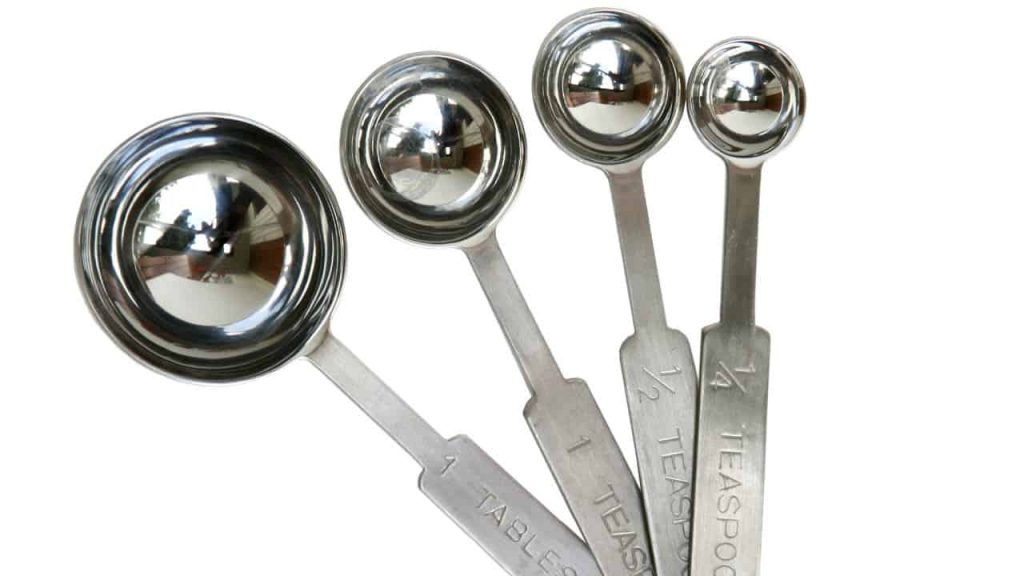
Using the exact measurements and ingredients will give you the best results. Use measuring spoons to be more accurate, instead of using traditional tableware.
Make sure you stick to one measuring system (imperial or metric), but do not mix them. For example, ounces and grams. One of the most important ingredients to measure up, is butter, as you can easily tell when you added too much at the end.
Weight of the ingredients will give you the most accurate measurements for each one of them. Keep in mind that baking wonderful birthday cakes is a chemical process, so you want exact measurements for desired results.
4. Know your oven

Temperature is perhaps the key for good cakes. Familiarise your self with your oven before you start baking cakes. It is important to know if its temperature is accurate, if the temperature is uniform, etc.
If you bake your cake in an oven not hot enough, more than likely it wont rise the way it should. It is always a good idea to have an oven thermometer to make sure we have the correct temperature.
Fan forced ovens can dry a cake slightly. As a rule of thumb, always put cake into the middle shelf, because it is the place where heat flows evenly.
Regarding the baking time, follow your recipe recommended time.
5. Use the right pan
Make sure you use the right pan for the recipe you’re following. If recipe asks for 11 cm pan use 11 cm pan. If you want to change the pan, you should consider changing the recipe accordingly, as each recipe is adapted to the pan size it requires.
It is also important to keep in mind if you’re using a dark coloured pan, to reduce temperature in about 20º C as they tend to accumulate more heat.
6. Grease pan correctly

Baking paper is a good option for lining as it’s non-stick. Another alternative to use is softened butter dusted with flour, or some other people prefer oil dusted with flour.
However professional bakers don’t recommend it because of the thin flour layer cakes end up with.
Using too much fat will fry the sides of the cake, so just put enough to avoid it sticking to the sides.
7. Prepare the flour
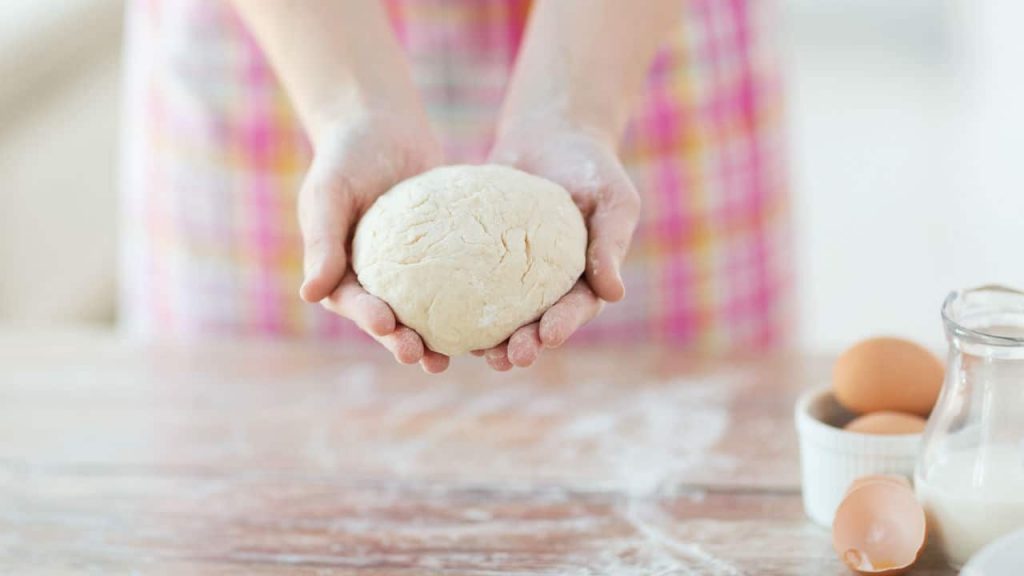
This is a very nice trick some professional cake bakers use. They recommend to switch three teaspoons of flour for three teaspoons of corn flour, for every three cups of flour. This will ensure compactness of the cake, so you can apply frosting with confidence.
8. Crack the eggs on a separate container
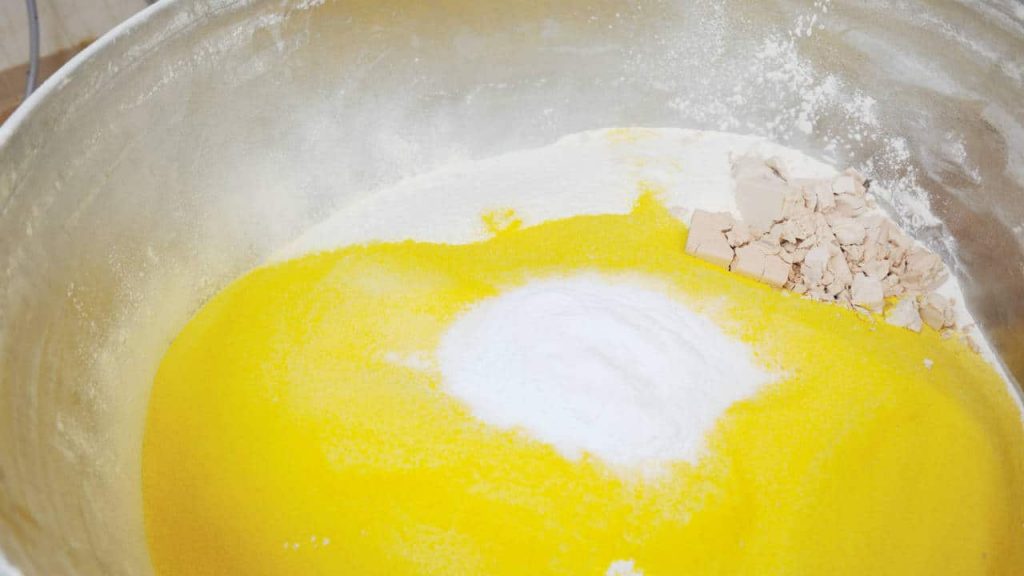
It is always advisable that you crack the eggs on a separate container to avoid eggshell falling in your mix. Sometimes small pieces of eggshell can fall and sometimes it is very hard to find them in the mix.
By cracking the eggs on a separate container you’re controlling the quality of your cake.
9. Cooking time
Generally speaking, baking times on recipes are very accurate as long you’ve used recommended pan and temperature. Make sure you don’t open the oven until the very last minute to avoid cold air making your cake collapse.
As all ovens are different, check the cake just before the end of the cooking time. To check if it has been cooked through, insert a skewer in the middle and take it out. If cooked skewer should be dry.
Hot cakes are very delicate and they can crack easily. It is recommended to cool down the cake in the baking pan for at least 20 minutes. If you greased the pan properly, you shouldn’t have problems taking the cake out of it.
10. Weather
Believe it or not weather plays a very important factor when cooking cakes. Factors like altitude, humidity and temperature have to be considered for best results.
Places located at high altitudes, have less atmospheric pressure, so cakes will rise faster. The downside is that they tend to be dryer, due to liquids evaporating faster.
Rainy days are very good for baking because of high humidity in the atmosphere.
Conclusion

Birthday cakes should always be special and spectacular, particularly if they are for kids birthday parties. Kids love colourful and themed cakes with their favourite character. So whenever you can, do your best to give your children a wonderful birthday cakes to remember.
